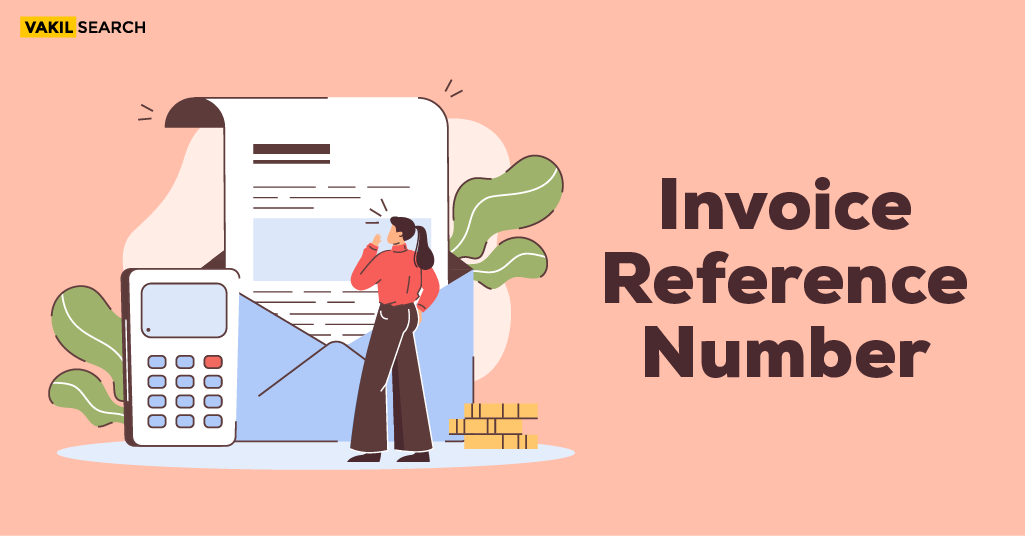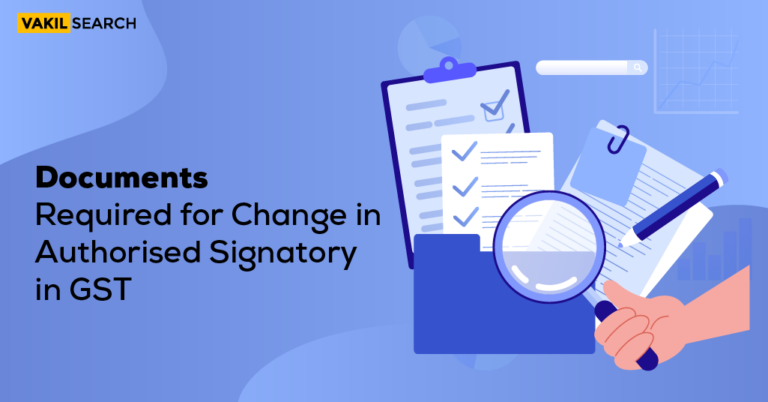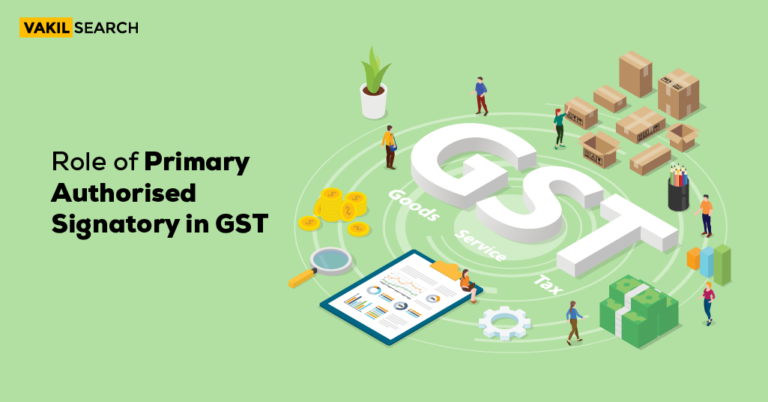Since 2020, the IRN has ensured unique identification of every valid e-invoice in India. This article explores its role in standardizing the e-invoicing system, covering areas like
Latest Update
- May 10, 2023: CBIC Notification on Sixth Phase of E-Invoicing
On this date, CBIC formally notified the commencement of the sixth phase of e-invoicing. Effective August 1, 2023, businesses with an annual turnover exceeding INR 5 Crore, starting from the financial year 2017-18, are now obligated to issue e-invoices.
- May 6, 2023: GST Network Deferral of E-Invoice Reporting Rule
As of May 6, 2023, the GST Network has postponed the enforcement of a rule requiring the reporting of old e-invoices on IRP portals within 7 days. The deadline has been extended by three months, and the new implementation date is pending announcement by the department.
- April 13, 2023: GSTN Advisory on Reporting Timeframe for Large Businesses
On April 13, 2023, the GSTN released an advisory stipulating that businesses with an annual turnover of Rs.100 crore or more must submit tax invoices and credit-debit notes to the IRP within 7 days of issuance, effective from May 1, 2023.
- August 1, 2022: Extension of e-Invoicing to Businesses with Turnover Rs.10-20 Crore
Starting from August 1, 2022, the e-Invoicing system for B2B transactions has been expanded to businesses with an annual aggregate turnover between Rs.10 crore and Rs.20 crore. This extension, as per notification no. 17/2022, took effect from October 1, 2022.
What is an Invoice Reference Number (IRN)?
An Invoice Reference Number (IRN) is a unique 64-character alphanumeric code that serves as a digital fingerprint for every valid e-invoice generated in India. It’s assigned by the government’s Invoice Registration Portal (IRP) and plays a crucial role in ensuring authenticity, tracking, and compliance within the e-invoicing system.
Here’s how it works:
- Invoice Generation: When a business creates an e-invoice, they upload it to the IRP.
- IRN Assignment: The IRP applies a hash generation algorithm (SHA-256) to key invoice details, including:
- Supplier’s GSTIN (Goods and Services Tax Identification Number)
- Financial Year
- Document Type (invoice, credit note, debit note)
- Invoice Number
- Unique Identifier: The resulting 64-character code becomes the IRN, acting as a unique identifier for that specific invoice within the entire GST system.
- Embedding in Invoice: The IRN is embedded within the e-invoice and shared with the recipient.
- Verification and Tracking: The IRN can be used to:
- Verify the authenticity of the invoice through the IRP
- Track the invoice’s status (e.g., generated, registered, paid)
- Reconcile payments with outstanding invoices
- Facilitate tax compliance and audits
How Does an Invoice Reference Number Help?
Invoice Reference Number (IRN) helps:
- Ensures Authenticity and Prevents Fraud:
- Every valid e-invoice in India must have a unique IRN.
- This makes it extremely difficult to forge or duplicate invoices, as each one carries a distinct digital signature.
- Tax authorities can easily verify the authenticity of invoices using the IRN, helping to deter tax evasion and fraud.
- Streamlines Invoice Tracking and Reconciliation:
- The IRN provides a common reference point for all parties involved in a transaction.
- Businesses can track the status of invoices, identify delays, and match payments with outstanding invoices more efficiently.
- This improves cash flow management and reduces the risk of errors.
- Facilitates Data Analysis and Compliance:
- The IRN enables the government to collect and analyze invoice data in a standardized format.
- This data can be used to track economic trends, identify patterns of tax evasion, and improve tax collection efficiency.
- It also helps businesses comply with GST reporting requirements by ensuring that invoice data is accurate and complete.
- Enhances Transparency and Visibility:
- The IRN makes invoice information more transparent for all stakeholders.
- Businesses can track the progress of their invoices through the IRP (Invoice Registration Portal), and tax authorities can easily access invoice details for audits or investigations.
- This promotes accountability and reduces disputes.
- Simplifies Invoice Management:
- The IRN eliminates the need for businesses to create and maintain their own invoice numbering systems.
- It also facilitates electronic invoicing and eliminates the need for manual data entry, reducing errors and saving time.
- Facilitates Cross-Border Trade:
- The IRN can be used to track and trace goods and services across borders, promoting international trade and simplifying customs procedures.
- It ensures compliance with international trade regulations and helps prevent fraud.
Format of Invoice Reference Number
64 alphanumeric characters:
Structure:
Breakdown:
|
Another Example:
A sample IRN might look like this:
5F3AE5C54A7ED54452C1548754A1C454854AC545154AC545454
What is the hash generation algorithm in IRN?
While they have a unique algorithm, here’s what we know about the hash generation algorithm used for IRNs in India’s e-invoicing system:
- One-way: It’s impossible to reverse engineer the original data from the generated hash.
- Unique: It generates a unique hash for each unique input, ensuring no two invoices have the same IRN.
- Secure: It’s designed to be resistant to tampering and collisions (different inputs producing the same hash).
- Deterministic: It always produces the same hash for the same input, ensuring consistency and integrity.
Its Functionality:
- Input: It takes three parameters:
- Supplier GSTIN (Goods and Services Tax Identification Number)
- Supplier’s document number (e.g., invoice number)
- Financial year in YYYY-YY format (e.g., 2023-24)
- Hashing: It applies a mathematical function to transform these parameters into a unique, fixed-length string of characters (the hash).
- IRN Assignment: The generated hash becomes the Invoice Reference Number (IRN).
Its Role in e-Invoicing:
- Unique Identification: IRNs act as unique identifiers for e-invoices, streamlining tracking and verification.
- Tamper Prevention: Hashing safeguards invoice integrity by making it difficult to modify data without detection.
- Deduplication: The system can easily detect duplicate invoices by comparing IRNs, preventing fraud and errors.
Its Current Algorithm:
- Not Publicly Disclosed: The exact algorithm used by the GSTN (Goods and Services Tax Network) isn’t publicly available.
- Likely SHA-256: Based on technical specifications and expert opinions, it’s highly probable that SHA-256, a widely used and secure hash algorithm, is employed for IRN generation.
What Are the Prerequisites to Generate Invoice Reference Number?
The prerequisites for generating an Invoice Reference Number (IRN) in India’s e-invoicing system:
- GST Registration:
- You must be a registered taxpayer under the Goods and Services Tax (GST) regime.
- This means having a valid GST Identification Number (GSTIN).
- Access to e-Invoice System:
- You’ll need access to either:
- The Invoice Registration Portal (IRP) at https://einvoice1.gst.gov.in/
- The Goods and Services Tax (GST) portal at https://www.gst.gov.in/
- Required Information:
- Supplier GSTIN: Your 15-digit GST Identification Number.
- Financial Year: The financial year in YYYY-YY format (e.g., 2024-25).
- Document Type: The type of document you’re generating an IRN for:
- INV for invoice
- CRN for credit note
- DBN for debit note
- Document Number: The unique number assigned to the invoice, credit note, or debit note.
- Generation Method:
- You can choose from two methods:
- Offline Excel Utility: Download the utility from the IRP or GST portal and generate IRNs in bulk.
- API Integration: Integrate your accounting or billing software with the IRP or GST portal to generate IRNs automatically.
- Additional Requirements for API Integration:
- API User ID and Password: Obtain these from the IRP or GST portal.
- Technical Expertise: You’ll need some technical knowledge to integrate your software with the API.
When to Generate the Invoice Reference Number?
Generate the IRN immediately after creating the invoice but before issuing it to the recipient. This ensures the IRN is embedded within the invoice itself for seamless tracking and compliance.
Specific Scenarios:
- Regular Invoices: Generate the IRN as soon as you finalize the invoice details.
regular invoice with an IRN - Credit Notes and Debit Notes: Generate the IRN when issuing these notes, even if they reference a previously issued invoice. Each document requires its own unique IRN.
- Bulk Generation: For multiple invoices, you can generate IRNs in bulk using the offline Excel utility or API integration.
- Timeliness: Avoid delays in IRN generation, as this can hinder invoice processing and GST compliance.
- Uniqueness: Ensure each invoice, credit note, and debit note has a distinct IRN, even for the same recipient within a financial year.
- Embedding: Include the IRN prominently within the e-invoice, as it’s a mandatory field for validation and reconciliation.
Compliance:
- Adhere to the IRN generation timelines prescribed by the GST regulations to avoid potential penalties and disruptions in your business operations.
Cancellation of IRN (Invoice Reference Number)
Cancellation is an exceptional measure, not a routine practice.Exercise caution to avoid potential compliance issues and disruptions in business transactions.Use cancellation only when necessary and justifiable under GST rules and accounting principles.
- Limited Window: Cancellation is typically allowed within 24 hours of IRN generation.
- Prerequisites:
- No e-way bill generated against the IRN.
- Cancellation reason aligned with GST rules and accounting standards.
- Process:
- Login to the Invoice Registration Portal (IRP) or Goods and Services Tax (GST) portal.
- Navigate to the “Cancel IRN” option.
- Enter the IRN to be cancelled.
- Select a valid cancellation reason.
- Submit the request.
- Confirmation: The system will display a confirmation message upon successful cancellation.
- Restrictions:
- Cannot be done for invoices with e-way bills (unless the e-way bill is cancelled first).
- Cannot generate a new IRN with the same invoice number.
- Cannot partially cancel an IRN.











